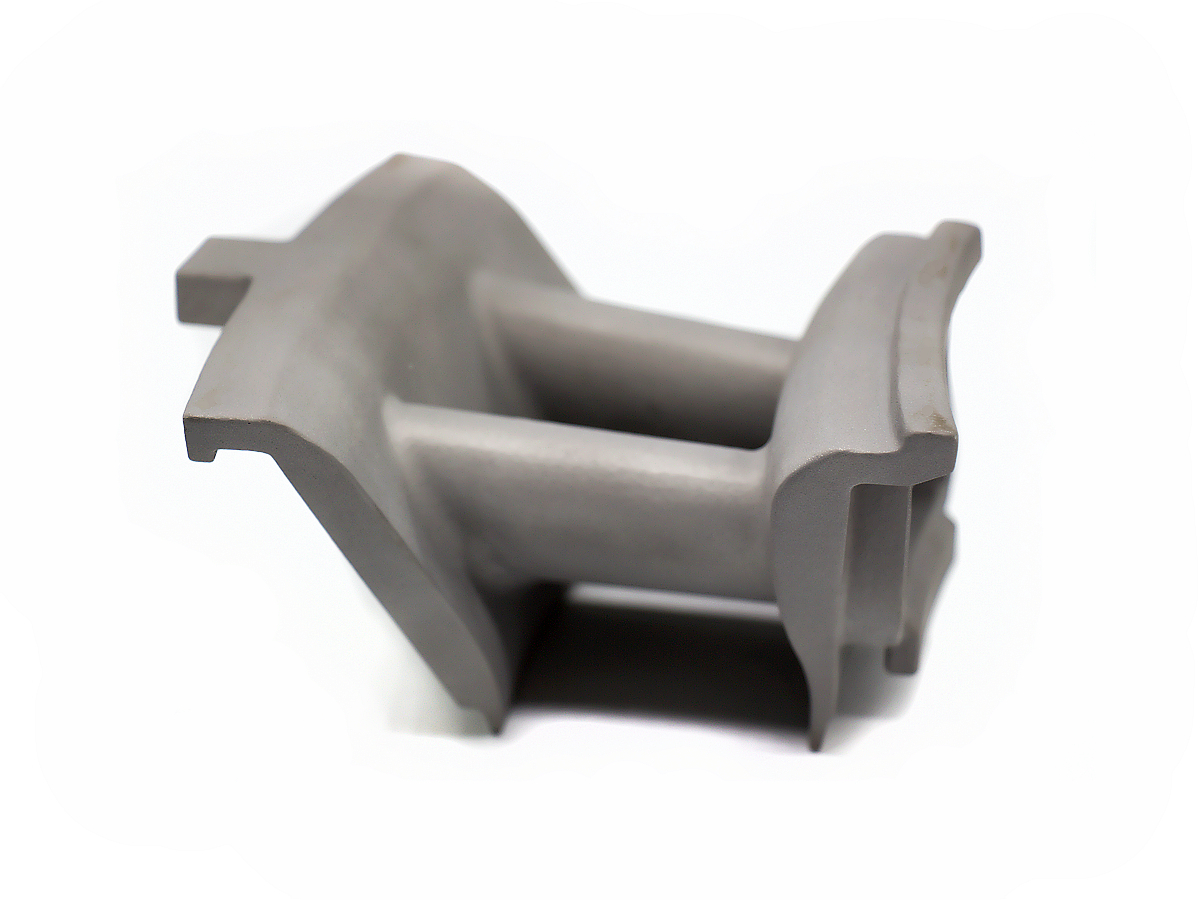Revolutionizing Aviation Parts with High-Performance Rene Alloys: A Case Study on CNC Machining
Pushing the Boundaries of Turbine Engine Performance
Modern turbine engines demand materials capable of withstanding 1,200°C exhaust temperatures while maintaining structural integrity under 30,000 RPM centrifugal forces. With their unique γ' phase strengthening mechanism, Rene superalloys now constitute 65% of advanced engine hot-section components. Precision CNC machining services enable complex cooling channel geometries in Rene components, achieving 15% higher thermal efficiency than traditional casting methods.
A recent case study on Rene 65 turbine blades demonstrated a 400% fatigue life improvement over legacy IN718 designs. Through multi-axis EDM, manufacturers achieve ±0.003mm dimensional accuracy in cooling hole networks critical for 5th-gen fighter engines.
Material Selection: Optimizing for Extreme Environments
Rene Alloy | Key Metrics | Aerospace Applications | Limitations |
|---|---|---|---|
1,100 MPa UTS @ 850°C, 15% creep rupture life (100h/950°C) | Afterburner components, turbine seals | Requires stress-relief annealing post-machining | |
1,450 MPa UTS, 3% density reduction vs IN718 | High-pressure turbine disks | Limited to <750°C for long-duration ops | |
1,050°C oxidation resistance, 2% thermal expansion coefficient | Single-crystal turbine blades | Requires EDM drilling for micro-cooling channels | |
1,200 MPa UTS @ 650°C, 50% fracture toughness improvement | Combustion chamber liners | Machining requires ceramic-coated tools |
Material Selection Protocol
Turbine Blade Optimization
Rationale: Rene N5’s single-crystal structure eliminates grain boundaries, achieving 1,100°C operational capability. Paired with thermal barrier coatings, surface temperatures are reduced by 300°C.
Validation: GE Passport engine testing showed an 8,000-cycle lifespan under 1,050°C gas path conditions.
High-Stress Rotors
Logic: Rene 88DT’s dual microstructure (fine grains at the bore, coarse at rim) withstands 650MPa centrifugal stress. CNC turning with PCBN tools achieves Ra 0.8μm finish critical for crack initiation resistance.
CNC Machining Process Optimization
Process | Technical Specifications | Applications | Advantages |
|---|---|---|---|
0.15-0.8mm hole diameter, ±0.005mm positional accuracy | Turbine blade film cooling holes | No recast layer in Rene N5 single crystals | |
60 m/min feed, ceramic end mills | Combustion chamber contouring | Maintains <0.02mm tool deflection at 800°C workpiece temps | |
0.5-5μm surface finish, 0.1mm/min removal rate | Complex internal cooling channels | Eliminates thermal impact on material properties | |
0.1mm layer thickness, 99.5% density | Turbine blade tip refurbishment | Restores original mechanical properties |
Process Strategy for Turbine Disk Manufacturing
Pre-Machining Stress Relief
1,050°C/2h solution treatment homogenizes Rene 88DT’s dual microstructure prior to roughing.
Adaptive Roughing
4-axis milling with 10mm ceramic end mills removes 70% material at 0.3mm chip load, maintaining <100°C workpiece temperature.
Precision Finishing
5-axis contouring achieves ±0.01mm radial runout on disk fir-tree slots using diamond-like carbon (DLC) coated tools.
Residual Stress Management
Laser shock peening induces 400MPa compressive stresses in critical web regions, validated per AMS 2546.
Surface Engineering: Enhancing Durability
Treatment | Technical Parameters | Aerospace Benefits | Standards |
|---|---|---|---|
300μm YSZ, 1,500°C operational limit | Turbine blade thermal insulation | AMS 2680 | |
5μm thickness, 3,200 HV hardness | Afterburner oxidation resistance | AMS 2448 | |
0.2mm case depth, >1,000 HV surface | Turbine disk shaft wear protection | AMS 2759/5 | |
4-6 GW/cm² intensity, 1.5mm depth | Compressor blade fatigue life extension | SAE AMS 2546 |
Coating Selection Logic
High-Pressure Turbine Blades
Technical Basis: 7% Yttria-Stabilized Zirconia (YSZ) applied via EB-PVD creates columnar grain structures, achieving 300°C thermal gradient reduction with 85% strain tolerance. Validated under ASTM C633 for >80 MPa bond strength.
Afterburner Components
Operational Need: PVD CrN coatings maintain <0.5mm/year oxidation rate in 1,100°C environments, outperforming traditional MCrAlY coatings by 3x. Complies with AMS 2448 salt spray resistance >2,000h.
Turbine Disk Shafts
Wear Solution: Plasma nitriding forms 0.2mm diffusion layer with >1,000 HV hardness, reducing adhesive wear by 70% in Rene 88DT shafts. Meets AMS 2759/5 for case depth uniformity ±0.03mm.
Quality Control: Aerospace Validation
Stage | Critical Parameters | Methodology | Equipment | Standards |
|---|---|---|---|---|
Crystallography | Single-crystal orientation <10° deviation | Laue back-reflection | Bruker D8 Discover | AMS 5930 |
Cooling Hole Inspection | 0.1-0.8mm diameter, ±1° angular accuracy | Micro-CT scanning | Nikon XT H 450 | ASTM E1695 |
Creep Testing | 1% strain @ 950°C/100h | Servo-hydraulic systems | Instron 8862 with radiant heating | ASTM E139 |
Certifications:
NADCAP AC7114/1 for non-destructive testing
AMS 2750E pyrometry compliance
Industry Applications
Turbine Blades: Rene N5 + 5-axis EDM (3,200 cooling holes per blade)
Combustion Liners: Rene 104 + EB-PVD TBC (8,000h lifespan at 1,100°C)
Turbine Disks: Rene 88DT + adaptive machining (65% weight reduction vs Waspaloy)
Conclusion
Advanced Rene alloy CNC machining enables 20-25% thrust-to-weight ratio improvements in next-gen turbofans. Our aerospace manufacturing solutions combine EDM precision with NADCAP-certified quality control for mission-critical components.
FAQ
Why choose Rene 88DT over IN718 for turbine disks?
How does EB-PVD coating enhance thermal barrier performance?
What EDM parameters prevent recast layers in Rene alloys?
How to validate single-crystal orientation in Rene N5?
Best post-machining treatments for Rene 41 components?

